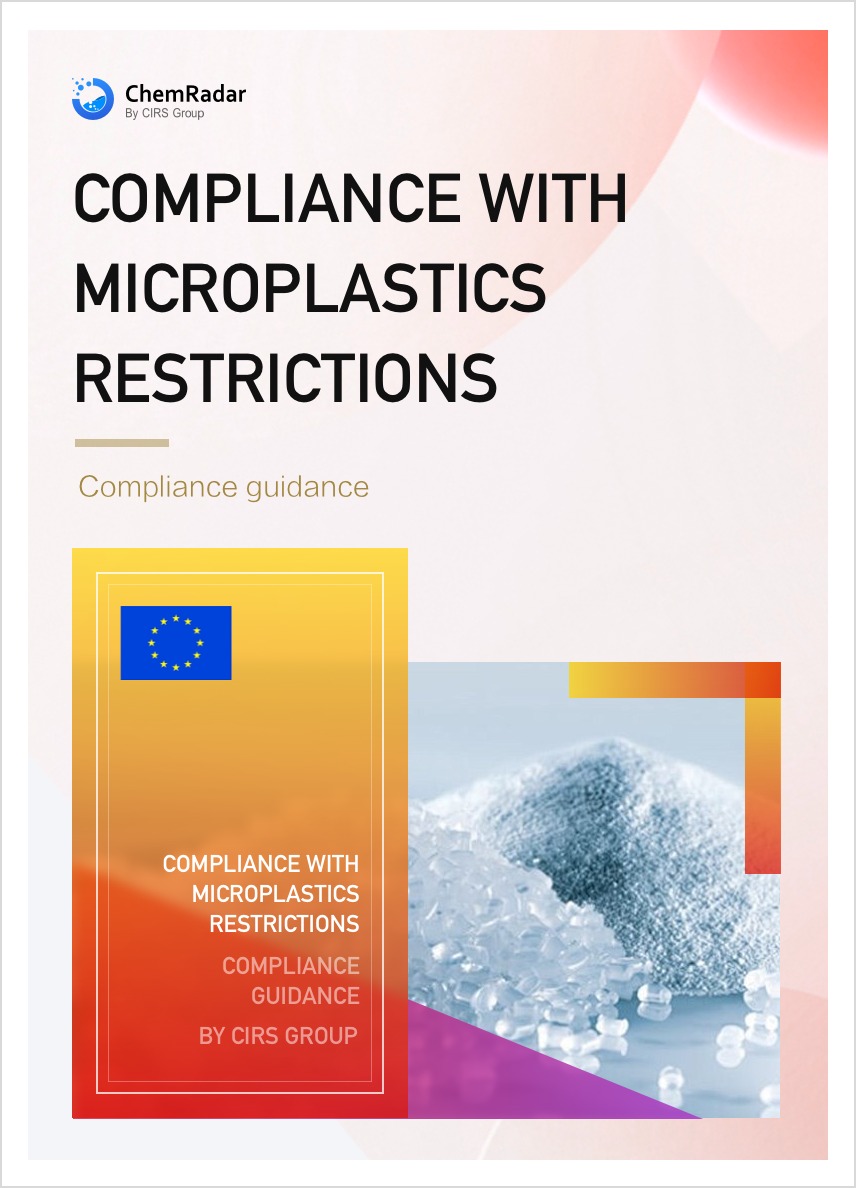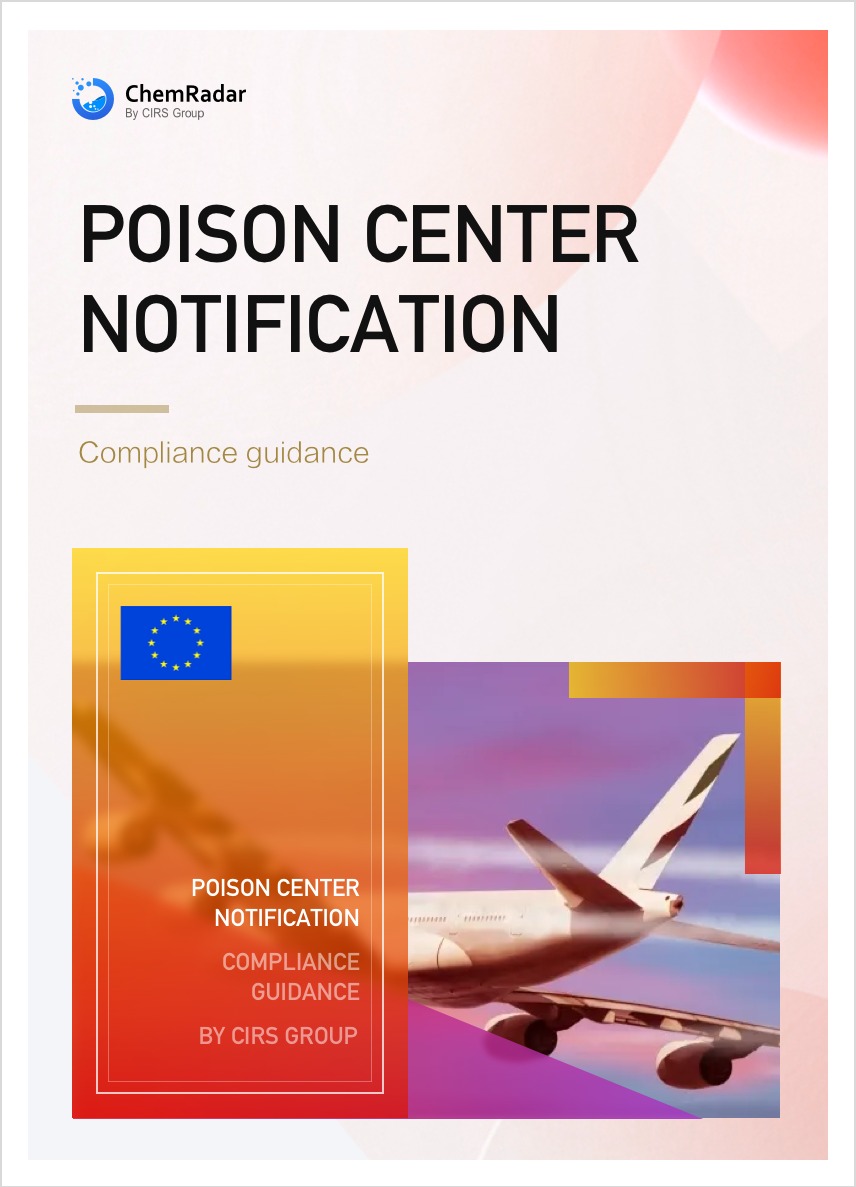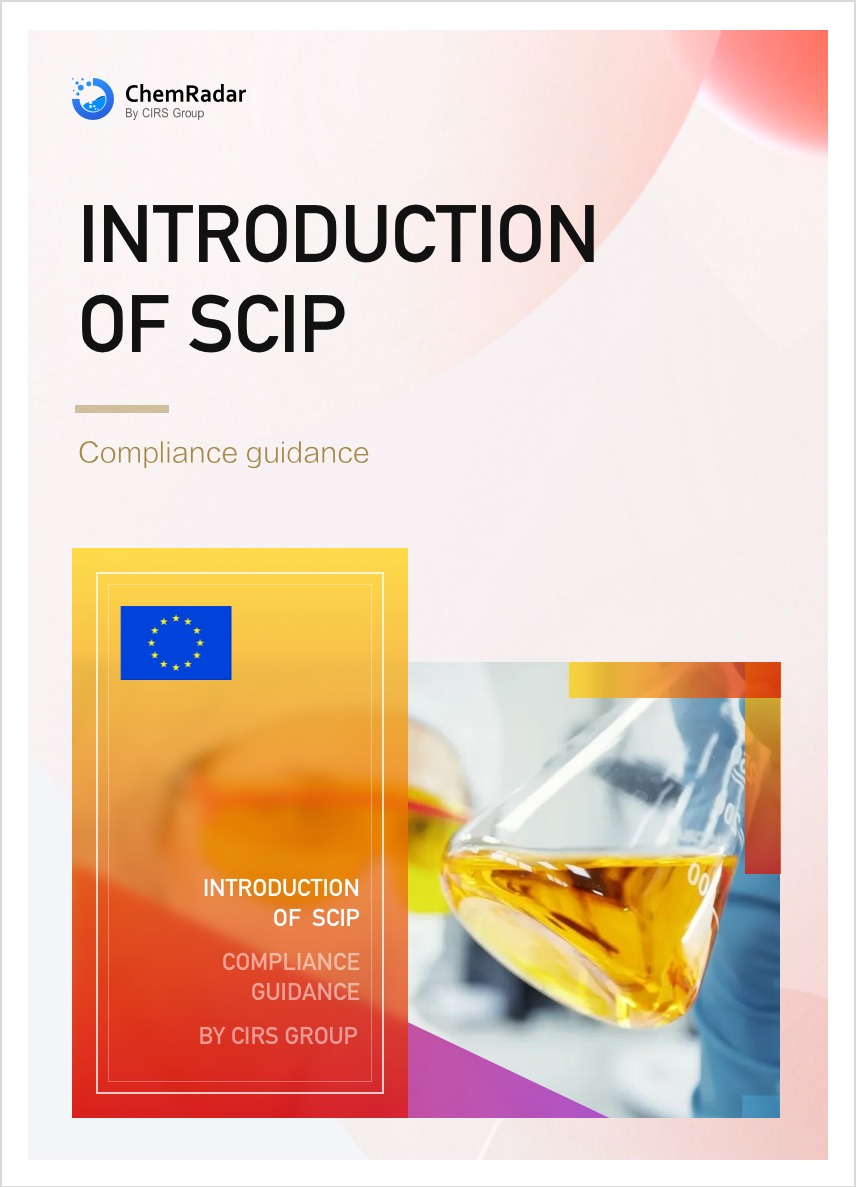On February 11, 2025, the EU's Packaging and Packaging Waste Regulation (PPWR) took effect, marking a significant move toward a more sustainable and circular economy. The regulation aims to minimize packaging waste, improve environmental performance, and promote greener practices in the packaging industry. It covers the entire packaging lifecycle, from production to disposal, and encourages innovation in eco-friendly packaging solutions.
Under the new regulation, ECHA has been assigned a key role. It will support the European Commission by conducting a study to identify harmful chemicals in packaging and assess their impact on safety, reusability, and recyclability. The final report is due by September 30, 2026, with an interim draft due by March 20, 2026, to share progress and preliminary findings.
Scope of ECHA's Study
The study will cover the following areas:
- Mapping of Packaging and Components: An inventory of packaging types and components on the EU market, categorized by material, type, and specifications. This will cover manufacturing processes, supply chain usage, and geographical distribution.
- Substance Inventory: A list of substances used in packaging manufacture, organized by material/type. This will also include substances involved in reuse or recycling.
- Substance Characterization: Analysis of identified substances, covering chemical identity, physical state, hazard characteristics, packaging functions, and regulatory status under EU regulations (e.g., CLP and REACH).
- Identification of Substances of Concern (SoC): Identification of chemicals meeting regulatory criteria for concern, with an analysis of their impact on packaging reuse, recycling, and safety.
- Concentration Range Assessment: Evaluation of typical concentration ranges of substances of concern in packaging, where possible.
- Waste Management and Recycling Technologies: An overview of current EU packaging waste management practices, including collection and treatment methods, and an assessment of existing recycling technologies' efficiency and limitations.
- Priority List for Restriction: A list of substances of concern that may require prioritization for restriction under REACH, along with prioritization criteria.
- PFAS Content and Related Provisions: Evaluation of PFAS content in food contact packaging materials, including analysis of potential modifications or repeals to Article 5(5) of the PPWR to avoid overlaps with REACH, POPs, and food contact materials regulations.
Background
The PPWR targets the full packaging life cycle, aiming to cut waste, boost sustainability, and reduce environmental impact—all while advancing the circular economy and resource efficiency. It also spurs innovation in eco-friendly packaging technologies and materials. ECHA will handle specific tasks, with the European Commission’s Directorate-General for Environment overseeing implementation.
The regulation sets ambitious recycling targets and restrictions, such as increasing recycled content in packaging, limiting single-use plastics, and reducing packaging size and weight. These measures will drive the industry toward a greener, more sustainable future.
ECHA will use its chemical expertise to enhance packaging safety and environmental performance, focusing on improving reusability and recyclability.





